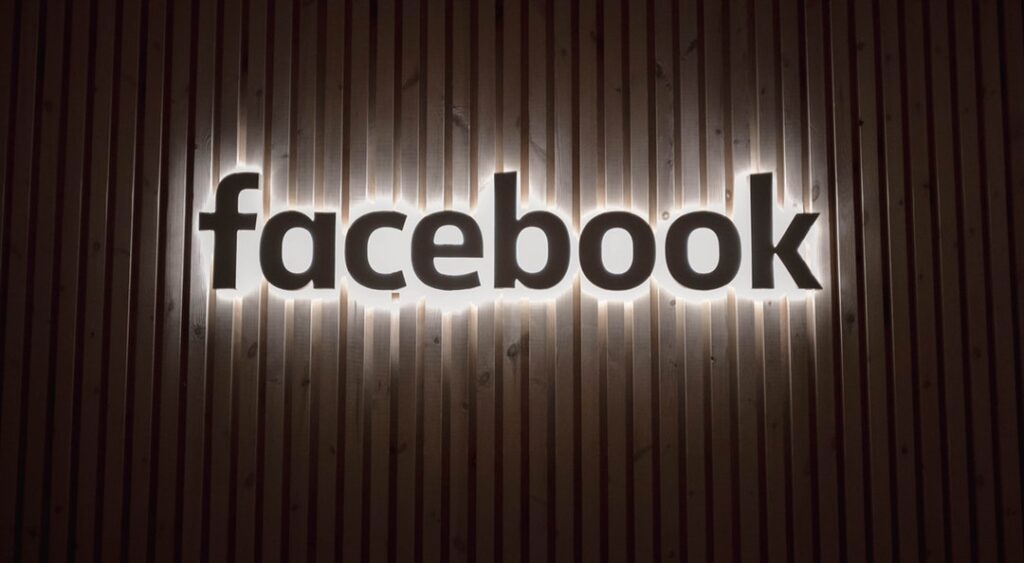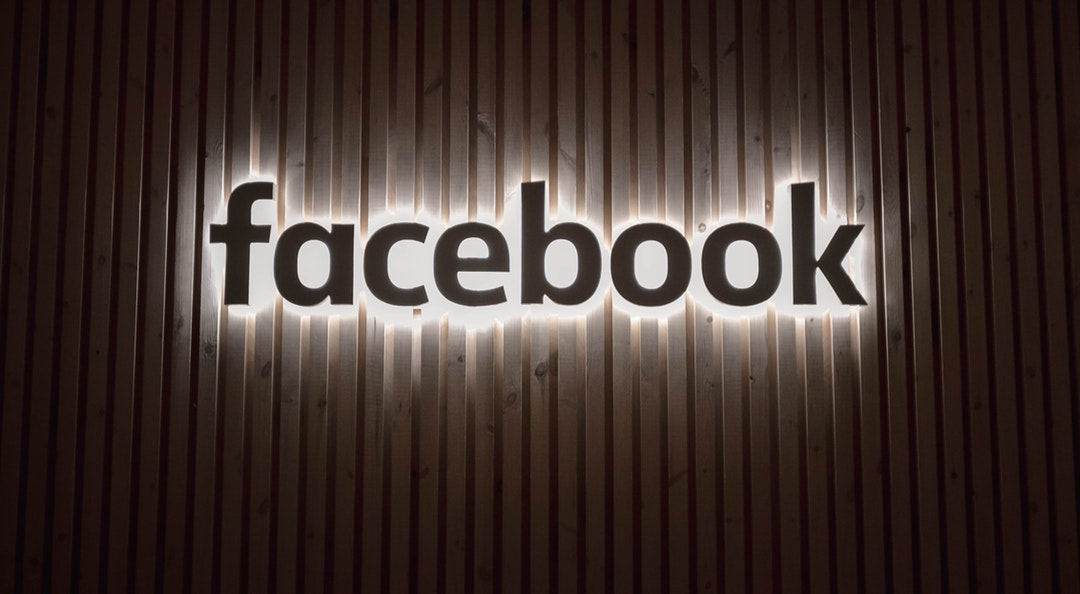Why is my Facebook ad not delivering
 Did you know that Facebook had nearly three billion active users in 2022? As a business owner or marketer, you have probably experienced the frustration of creating a Facebook ad campaign, launching it with high hopes, and then seeing little to no results.
Did you know that Facebook had nearly three billion active users in 2022? As a business owner or marketer, you have probably experienced the frustration of creating a Facebook ad campaign, launching it with high hopes, and then seeing little to no results.
One of the most common issues that can arise with Facebook ads is when they do not deliver as expected.
This can be a frustrating and confusing experience, especially when you have invested time, effort, and money into the campaign.
To help you answer the question “why is my Facebook ad not delivering,” we have put together a guide. Read on to find out more.
The Post Associated With Your Ad Is Not Available
One of the most common reasons why a Facebook ad may not deliver is if “The post associated with your ad is not available.”
This error message can appear when the ad is linked to a post that has been deleted or is not publicly visible.
If this occurs, it is important to check the post and make sure it is still available. If it has been removed, consider creating a new post or selecting a different one to use in the ad.
Also, it is crucial to ensure that the post complies with Facebook’s advertising policies and community standards. If the post violates these guidelines, it may be removed or hidden, resulting in the ad not being able to display.
To prevent this issue, be sure to regularly monitor your posts and make sure that they are still visible and compliant with Facebook’s policies.
By doing so, you can help ensure that your ads are running smoothly and reaching their intended audience.
You Have a Low-Cost Cap or Budget
If your Facebook ad is not delivering even though you have set a low bid cap, cost cap, or budget, there could be several reasons why.
Firstly, it is important to ensure that the targeting is relevant and engaging to the intended audience.
If the ad is not resonating with the audience, it may result in low engagement, which can impact ad delivery.
Another reason may be that the ad is competing against other ads in the auction, and therefore not getting enough impressions. This can occur when the bid cap or budget is too low.
It is also possible that the ad is not being shown to the right audience, even if the targeting criteria are correct.
This might happen if the ad is not being shown to people who are likely to take the desired action or if the audience is too narrow.
Finally, it is important to consider external factors that may impact ad delivery, such as changes in user behavior or shifts in market trends.
To improve ad delivery, consider testing different targeting criteria, ad creative, and bidding strategies.
It may also be helpful to increase the bid cap or budget to ensure that the ad is given priority in the auction.
Also, regularly reviewing ad performance metrics can help identify any issues and inform adjustments to improve ad delivery.
You’re Targeting a Small Audience
Those who market to small audiences tend to have ads that under-deliver to the audience that they intend. This can cause poor ad performance.
Facebook requires a minimum audience size to guarantee that your ads reach enough people. If your audience is too small, your ads may not get delivered at all.
Another issue to look out for is a high auction overlap. This happens when you are competing against other advertisers for the same audience.
This can drive up the cost of your ads. It will also reduce your ad’s visibility.
So how do you know if targeting a small audience or a high auction overlap is causing your Facebook advertising campaign to underperform?
One way to determine this is to review your ad metrics. You should pay close attention to your reach, frequency, and impressions.
If your reach is low and your frequency is high, this could be an indication that your audience is too small or that you have a high auction overlap.
To improve the situation, there are a few strategies you can try. One is to expand your audience by targeting broader interests or demographics. You should also consider using lookalike audiences.
This is a great way to reach new people who are similar to your existing customers. Another strategy is to adjust your bid strategy to ensure that your ads are competitive in the auction and that you’re not overspending.
It’s also important to note that Facebook advertising is just one part of a comprehensive digital marketing strategy.
Social media advertising, SEM, and SEO can all work together to drive traffic and conversions.
By using a mix of strategies and regularly monitoring your ad performance, you can improve the effectiveness of your Facebook advertising campaigns and achieve better results.
Your Ads Haven’t Completed the Review Process
Facebook has a thorough ad review process. Workers check to make sure that ads comply with their advertising policies and community standards.
If your ad is not reviewed and approved by Facebook, it will not be able to run on the platform.
You can check the status of your ad in the Ads Manager dashboard. If your ad is listed as “In Review” or “Pending Review,” it means that Facebook is still in the process of reviewing your ad.
Your Ads Haven’t Left the Learning Phase
The learning phase is a period of time during which Facebook’s machine learning algorithms gather data about your ad’s performance.
During this phase, the social media platform’s algorithms are trying to make sense of how people are responding to your ads, which audiences are engaging with them, and how much they’re costing to run.
Facebook algorithms are also learning how to optimize your ad for maximum performance.
If your ad is still in the learning phase, it may not be reaching as many people as you’d like it to. This can be frustrating, especially if you’ve invested time and money into your advertising campaign.
There are a few things you can do to exit the learning phase and improve the performance of your social media ads. First, make sure that your ad set is properly optimized, with appropriate targeting, bidding, and ad creative.
Review your ad metrics to see if there are any issues that need to be addressed, such as low relevance scores or high ad frequency.
Second, consider adjusting your budget or bid strategy to give Facebook more room to learn and optimize your ad performance. This can help you exit the learning phase more quickly and achieve better results.
Finally, consider using a mix of direct and organic traffic to drive traffic to your website. By diversifying your traffic sources, you can reach a wider audience and improve the overall performance of your social media ads.
Low-Quality Ads
Low-quality ads tend to have poor engagement rates and low click-through rates.
On the other hand, high-quality ads can drive significant engagement, generate a higher click-through rate, and deliver a lower cost per click or cost per impression.
So, what makes an ad low-quality or high-quality? A low-quality ad might have poor ad relevance, poor ad creative, or poor landing page experience.
A high-quality ad, on the other hand, is one that is relevant to the target audience, has engaging creative, and a high-quality landing page experience.
To improve the quality of your social media ads and overall digital marketing efforts, you can try a few things.
First, focus on creating high-quality ad creative that resonates with your target audience. Consider testing different ad formats, such as carousel ads, video ads, or image ads to see which performs best for your audience.
Second, ensure that your ad targeting is specific and relevant to your audience. This will help increase engagement rates and ensure that your ads are reaching the right people.
Lastly, make sure that your ad is leading to a high-quality landing page. The landing page should be relevant to your ad and optimized for conversions.
This will help to improve the overall user experience and drive better results from your Facebook marketing campaign.
Too Much Text
Having too much text in your ad can lead to poor ad delivery and performance.
Facebook has specific guidelines for the amount of text that can appear on an ad image or video, which is no more than 20% of the image’s surface area.
Ads that exceed this limit can result in lower ad quality, reduced reach, and higher costs.
Ads with too much text can be less engaging to users. They may also be flagged and rejected by Facebook’s ad review process. This can create delays in ad delivery or even the ad being disapproved.
To know how much text to put into your ad, you can use Facebook’s Text Overlay Tool.
This tool analyzes your ad image and provides a rating of the amount of text present in the image. This can help you adjust your ad creative and ensure that it meets Facebook’s guidelines.
It’s important to note that even if your ad complies with Facebook’s guidelines, it’s still important to focus on high-quality ad creative that resonates with your target audience.
Consider testing different ad formats to see which performs best for your audience. You should also regularly monitor your ad metrics to optimize your ad performance.
You’ve Reached Your Spending Limit
Social media advertising platforms, such as Facebook and Instagram, typically have a daily or lifetime budget limit that you set for your ad campaign.
When you reach this limit, your ads will no longer be shown to your target audience.
Reaching your spending limit can have a negative impact on your advertising campaign. This means that you’ll miss out on opportunities for reaching your target audience.
To avoid this problem, make sure that you have set an appropriate budget for your campaign based on your advertising goals, target audience, and competition.
You should also regularly monitor your ad metrics to make sure that your campaign is performing as you expect it to.
Lastly, focus on diversifying your traffic sources. By doing this, you can reach a wider audience and increase the overall effectiveness of your social media advertising campaigns.
Your Optimization Goals Are Difficult to Reach
Optimization goals are the objectives that you set for your campaign. This might include increasing conversions, clicks, or impressions.
When your optimization goals are too high or difficult to achieve, your ads will perform below your expectations.
All you need to do to solve this problem is to adjust your optimization goal to a more attainable target. You should also adjust your ad targeting and bidding strategies.
Try your best to set realistic and attainable goals based on your advertising budget, target audience, and competition.
Regularly monitor your ad metrics to make sure that your campaign is performing well. And be ready to shift your optimization goals when you need to.
Why Is My Facebook Ad Not Delivering?
If you’ve been asking the question “why is my Facebook ad not delivering,” it’s important to understand that there can be several causes for this issue.
To solve the problem, you should start targeting a larger audience. It is also a good idea to focus on improving the quality of your ads and to make sure that they don’t contain too much text.
Do you need help improving your digital marketing campaigns? If so, 46Mile can help you. Don’t hesitate to contact us to get started today!


